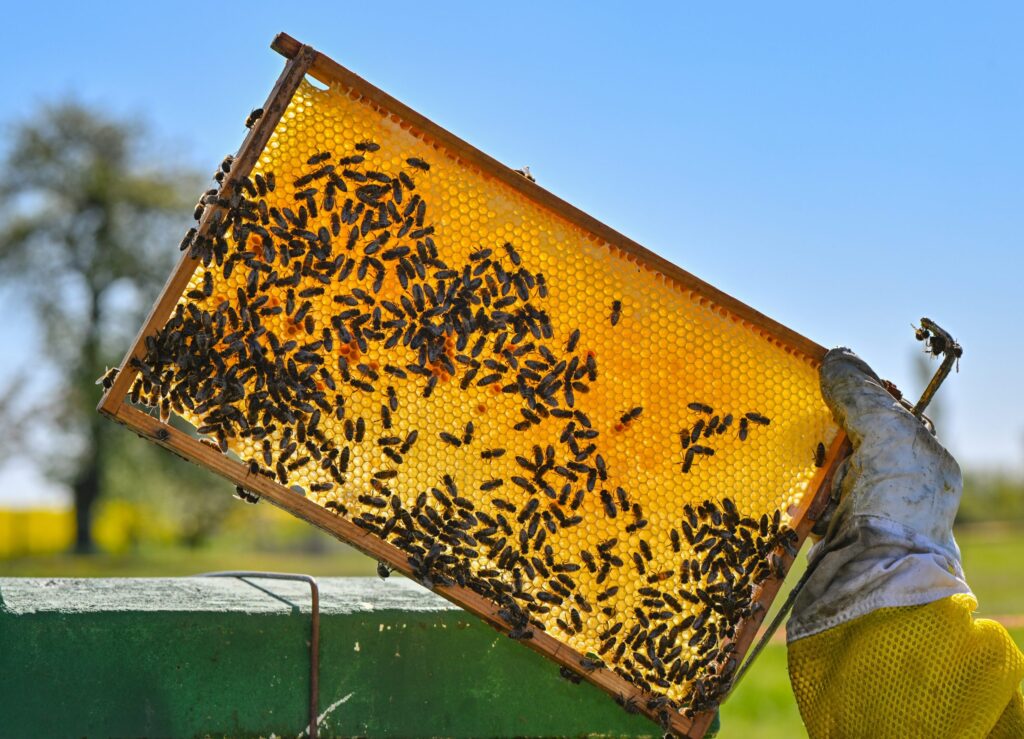Honey bees are remarkable creatures, creating one of the most essential resources for both themselves and humankind—honey.
These small insects dedicate their short lives to producing this sweet substance, while also playing a vital role in maintaining the balance of our ecosystem. But how much honey does a single bee produce, and how many are needed to create the quantities we enjoy?
Not all bees can produce honey; this ability is exclusive to honey bees. Beyond honey, they also produce beeswax, propolis, and royal jelly, all of which have various uses. The process of making honey is as fascinating as the creatures themselves, starting far outside the hive.
Worker bees search for flowers to collect nectar and pollen, often flying over eight kilometers to find suitable blooms. They use their tongues to extract nectar, storing it in a specialized organ known as the honey stomach. Here, the nectar begins to mix with enzymes.
Once back at the hive, house bees take over the process. They extract the nectar mixture from the worker bees and chew it for about 30 minutes, adding more enzymes to create a syrup-like liquid.
This liquid is then spread across the hive walls, where it eventually transforms into honey. This intricate process highlights the extraordinary effort honey bees invest in their work.
A single worker bee produces only about one-twelfth of a teaspoon of honey in its lifetime. To create just one teaspoon, the combined efforts of 12 bees are needed.
For a tablespoon, 36 bees must work over six weeks. To fill a standard 16-ounce jar of honey, approximately 1,152 bees contribute their labor. Creating a gallon of honey requires the efforts of about 9,216 bees.
A typical beehive houses around 60,000 bees and can produce between 60 and 100 pounds of honey annually. Each bee within the hive has a specific role, and the colony’s success depends on this division of labor.
At the center of it all is the queen bee, whose leadership is critical to maintaining harmony and productivity. Without her, the hive’s structure would collapse, leaving the bees disorganized and unable to function.
Flowers are an essential part of the honey-making process. To produce one pound of honey, bees must visit about two million flowers.
For 10 pounds, this number rises to 20 million. The relationship between flowers and honey is so intrinsic that without an abundance of flowers, honey production would not be possible.
While humans enjoy honey for its sweetness and health benefits, it is a lifeline for bees. They create honey to sustain themselves during cold weather and food shortages.
This energy-rich substance is their survival tool, protecting them during harsh winters and ensuring their colony’s resilience.
The sheer effort and dedication that honey bees put into their work are awe-inspiring. These tiny creatures, through their tireless efforts, not only support their species but also provide an invaluable resource for humanity, making them among the most extraordinary contributors to our world.


